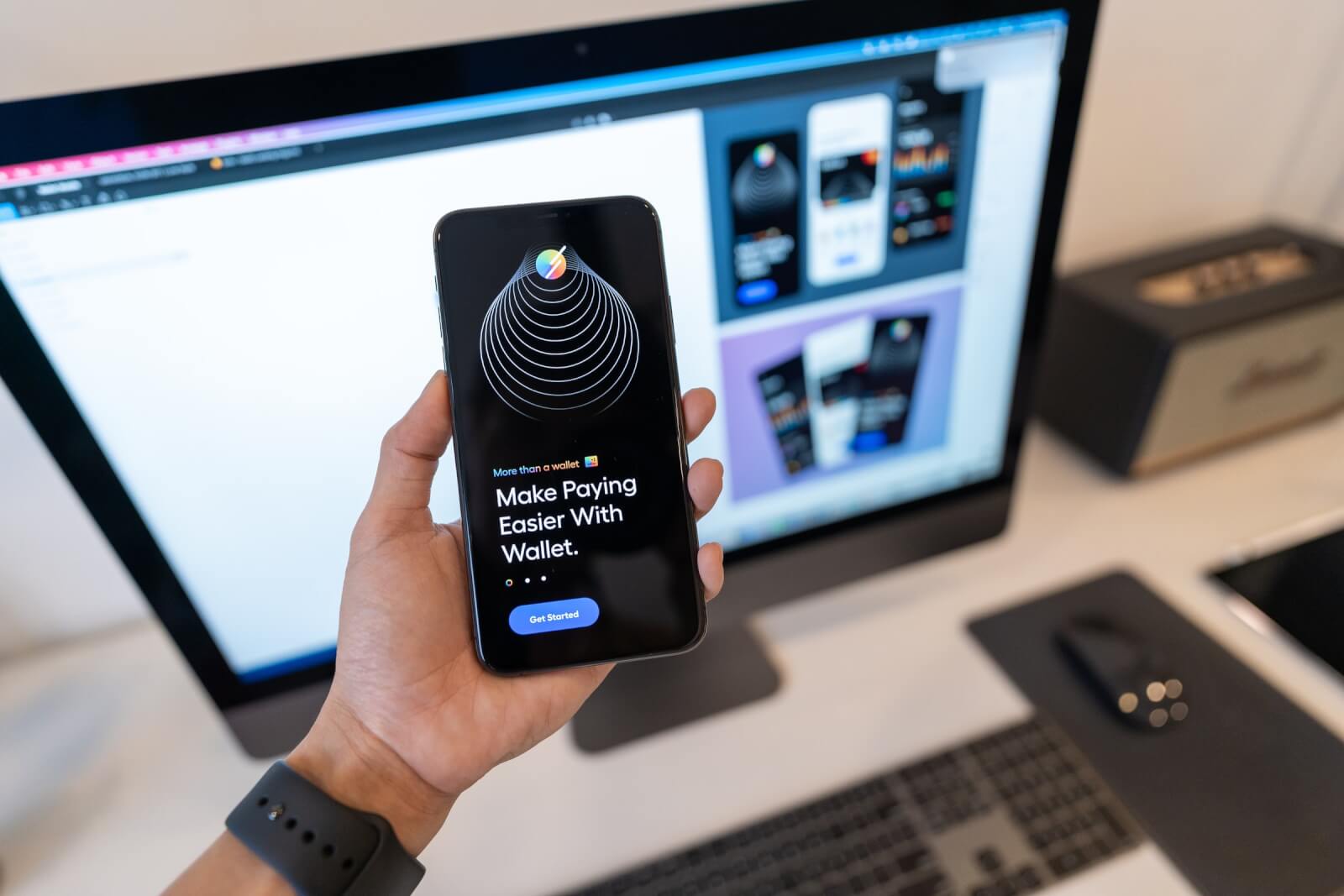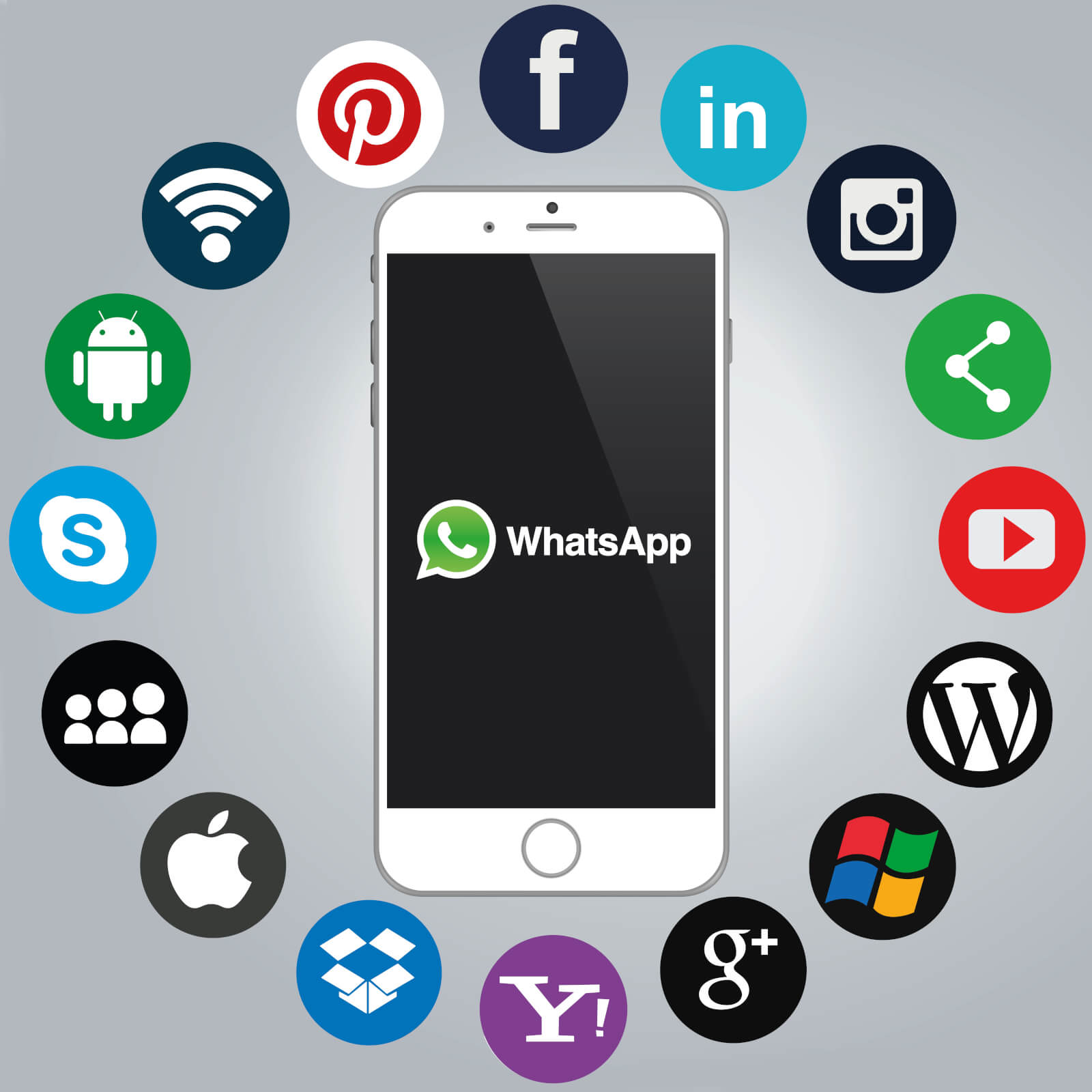
After crossing our 10 year anniversary (woohoo! We’re excited too) we’ve done some reflection on our Journey. From a small Los-Angeles mobile application development shop, to a remote-multinational team, we’ve reflected on process for bringing applications from concept to fruition for our clients and thought it would be valuable to our readers to share some of our insights. After helping bring over 200 mobile applications from idea to the app store, well, we’ve truly seen it all. And through this experience, we believe we can really help organizations as an advisor as they embark on their journey to create a mobile application for their clients.
It’s this process that has helped us understand what types of applications fair well for clients and what application ideas require some additional growth before entering the research and development phase. In the following sections, we’ll look at five design considerations that should help grow that next idea into a viable application ready for custom mobile application development.
Education for Your Clients

One of the best places to start when considering how to bring value to your clients is by providing them educational services via your mobile application. Take for example our work with Worldwide Breast Cancer. Worldwide Breast Cancer (WWBC) is an American nonprofit that reaches over 200 million users in 22 languages in 90 countries, providing educational services for breast cancer awareness. Visitors of WWBC are educated on the 12 signs of breast cancer, when to get a mammogram, determine their risk for breast cancer, and much more.
In this application, WWBC aimed to provide breast cancer information to its users in an approachable and engaging format. This emphasis on education led to building an intuitive mobile app with user-optimized screens and organized navigation to enable users to educate themselves. Further, the platform allowed users to book screening appointments with local FDA-certified centers, educate themselves on how to prepare for different breast tests, and provided with recommended questions for their visit.
This emphasis on enablement and education allowed WWBC to grow their userbase and empower users that didn’t have easy access to a computer with the same critical educational material regarding breast cancer.
Training for Your Internal Team

Another way to provide immense value through your mobile application is to offer training services. As we all know, we all use our phones to a significant degree throughout the day. By creating training-based applications that are designed to skill-up your internal team, you can effectively turn that smartphone into an enablement platform helping your team gain access to the skills and training that is critical to their day-to-day role.
A great example of this design approach can be seen through our work with Google. In this project, Google was seeking to build a mobile application called Google Train Up used to train retail employees on how to sell Google products. This project aimed to build in an incentive structure to encourage Google employees to use the platform while also designing the application in such a way that users found fun and enjoyable, increasing the likelihood that they would continue to use the application.
By focusing on this balance between training material, an incentive structure, and enjoyment, organizations are often pleasantly surprised by the high use and value generated by these internal mobile applications.
Communication Platform

Another major use for mobile applications is to enable communication. One project that is a particularly good example of this is our work with the United Nations. The United Nations, specifically ESCAP a division of the UN that oversees the Asia-Pacific region, wanted to develop a mobile application to enable communication with key stakeholders in the region and notify a population of 1.5 billion people of upcoming events, emergency situations, and educational information.
One of the critical design considerations in the development of this application and something that should be a top priority for any organization considering developing a mobile application is the management of personally identifiable information or PII. Whenever an organization is working with the personally identifiable information of a user (a process that is common in these types of communication platform applications) it’s critical to be aware of how that data is being stored and processed.
Many organizations don’t realize that by storing PII they take on an incredible amount of responsibility along with it. If intentionally or unintentionally, PII is exposed, a given organization can sustain massive compliance fines. This being said, it’s critically important to work with a trusted development organization or advisor to advise on the development and management protocols for storing user PII.
Answer a Need

Lastly, answering a need is understandably a critically important design consideration. And in our opinion, the best way to assess if you’re effectively addressing a design consideration is to consider some examples of success in this area. One example that stands out here is our work with the University of Oklahoma. In our work with the University of Oklahoma, we set out to develop an application that enhanced student experience on campus.
The application aimed to help students find parking using a real-time parking IoT tracking and e-voucher system as part of the University of Oklahoma’s drunk-driving prevention program known as SafeRide. The staff at Oklahoma University realized that parking was an issue for students. It caused traffic challenges, congestion and made it challenging for students to get to class on time.
By building a parking application for students, the University of Oklahoma and our team were able to address a challenge and provide a solution. The results? Wide-spread adoption of the application. Here, one of the critical aspects that drove adoption was the fact that the application truly answered a challenge for students, improving their lives and making it easier to park and attend classes.
Looking to develop an application? Consider reaching out to our team! We’d be happy to help take that application from idea to reality.





